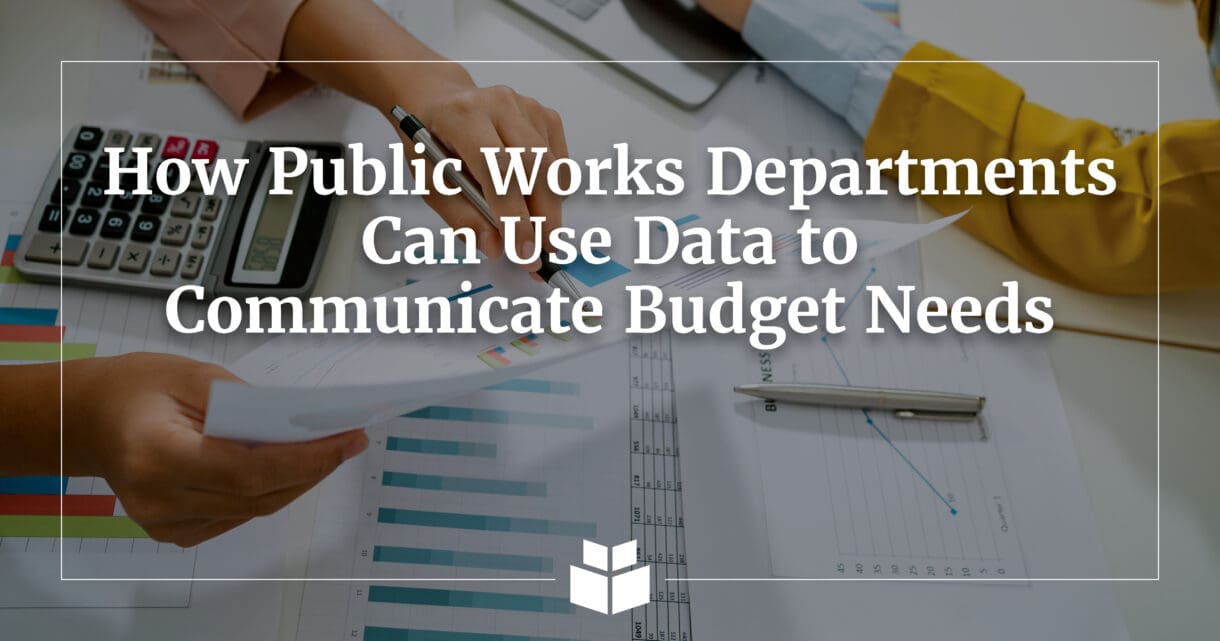
In public works departments, aligning priorities with available funding is a constant challenge. Whether it’s road repairs, stormwater improvements, or facility upgrades, the demand for infrastructure investment often outweighs the available budget. But with the right data, systems, and communication strategies, public works professionals can better advocate for what their communities need.
In a recent conversation, Shannon Moore, Director of Finance Services at WithersRavenel, and Megan Powell, Funding Team Leader (North Carolina), offered a blueprint for how public works departments can successfully communicate their budget needs to local government finance leaders.
This topic is especially relevant now, as many state and local governments begin a new fiscal year in the coming weeks. This critical window presents a unique opportunity for public works departments to reflect on past performance, reassess unfunded projects, and re-engage in conversations with budget teams.
Each budget cycle allows local governments to evaluate priorities for the next funding cycle, often resulting in the reprioritization of projects, which public works professionals can use to align plans with available dollars and advocate for the resources needed to serve their communities.
Here are key takeaways from their session on using public works data to support budgeting and funding discussions.
1. Incorporate Project Budgets Early and Intentionally
Too often, project budgets are treated as separate or last-minute additions to the overall municipal budget. Shannon and Megan emphasized the importance of integrating project budgets early in the budget cycle, using work order management systems and asset management software to estimate, justify, and track costs.
“The most important thing that you can do in incorporating things and getting projects started is communication,” said Megan. “Whether that’s with a finance director or a budget department, you need to continuously talk about what is needed and start early.”
Key Tip: Start conversations with budget staff at the planning stage, not after costs are finalized. Use historical data, condition assessments, and project timelines to show the long-term value of your funding requests.
2. Didn’t Get Funded? Don’t Stop Planning
If your department didn’t receive funding in the most recent cycle, you’re not alone, but you’re also not out of options. The are ways to pivot and reframe projects for future funding success.
Strategies include:
- Reassessing alignment with elected board goals
- Conducting rate studies and financial impact assessments
- Demonstrating ongoing need through condition data, community impact, or cost escalation
- Pursuing grant opportunities or partnerships
Continuous planning, backed by clear data, keeps projects on the radar for future budget cycles.
3. Got Funded? Prove It Was Worth It
For departments that did receive funding, now is the time to track performance and demonstrate success. Use data to validate your investment by showing:
- On-time and on-budget delivery
- Service level improvements
- Cost savings or efficiency gains
- Enhanced community outcomes (safety, mobility, equity)
By capturing and sharing these metrics, you lay the groundwork for securing future budget approvals and building trust with stakeholders.
4. Tell Your Story with Data
Public works leaders must translate technical needs into compelling narratives that resonate with budget officers, elected officials, and residents. This means using visualizations, maps, dashboards, and simplified summaries of performance data to tell the story behind a funding request.
Examples of effective storytelling tools:
- Capital improvement dashboards
- Asset condition and age report cards
- Maintenance backlog graphs
- Before-and-after project photos with cost comparisons
- Risk assessment heat maps
- Historical end-user demand on assets, especially in areas with growing populations
The more tangible the outcomes, the easier it is to justify investment and build momentum.
5. Make Technology Your Ally
From work order management systems to asset management platforms and budget modeling tools, technology can help public works departments align their internal goals with broader municipal strategies.
Automated systems not only streamline workflows but also generate real-time data that can be used in conversations about:
- Maintenance vs. capital improvement costs
- Lifecycle modeling
- Staffing and resource needs
- Prioritization frameworks
- Moving from reactive to proactive asset management
Investing in the right tools can elevate your department’s voice in budget discussions.
The Bottom Line: Communication is the Bridge
At the heart of every funding success is clear, continuous, and data-driven communication. As Shannon and Megan emphasized, public works departments can no longer afford to operate in silos. Aligning your plans with financial strategy, telling your story with data, and engaging budget stakeholders early and often are key to advancing your goals.
For local government leaders and public works professionals alike, the message is clear: Data is not just for tracking, it’s for advocating.


